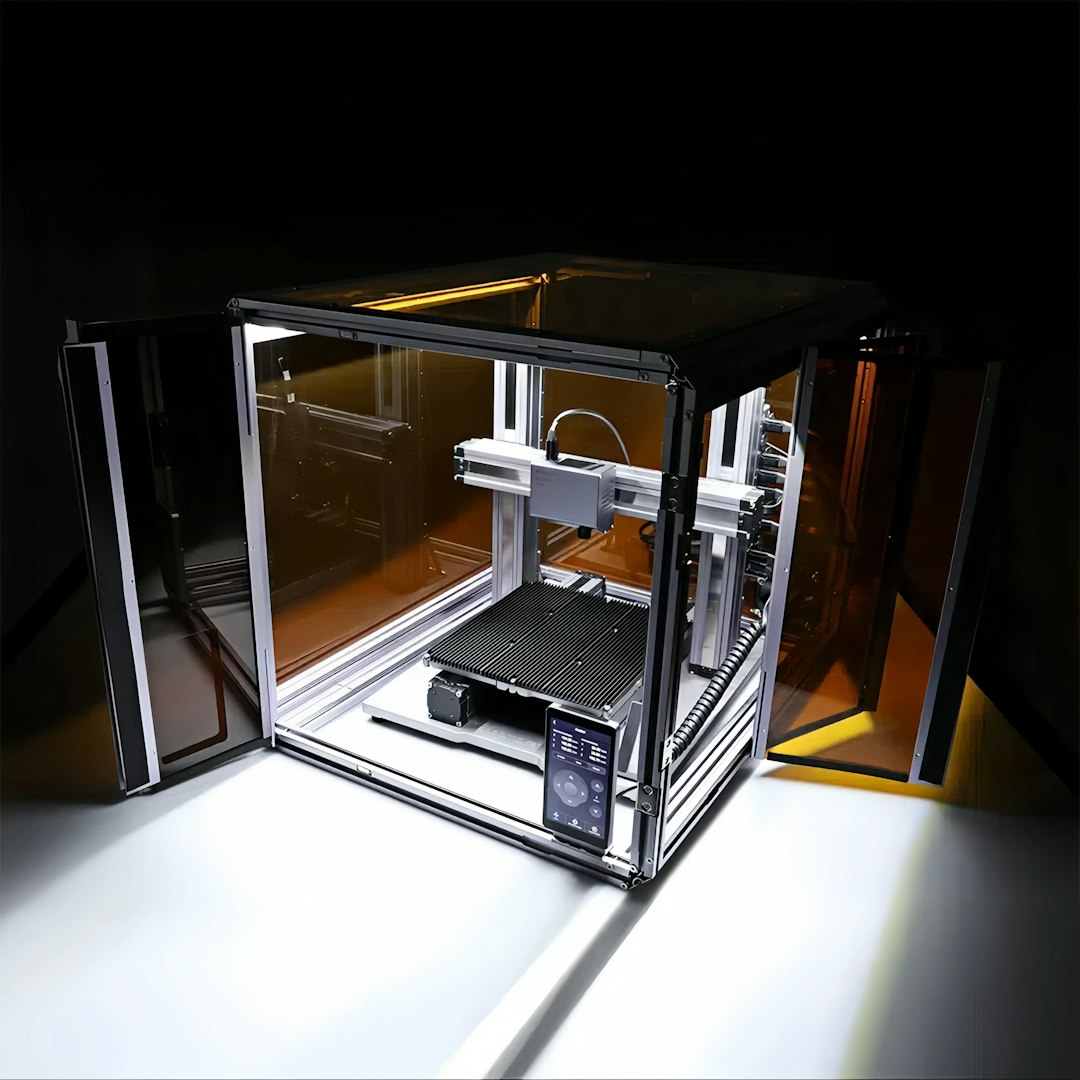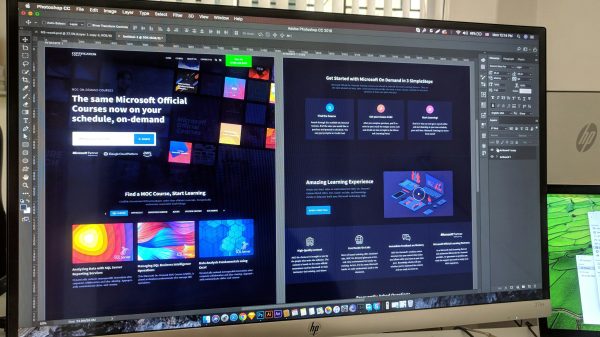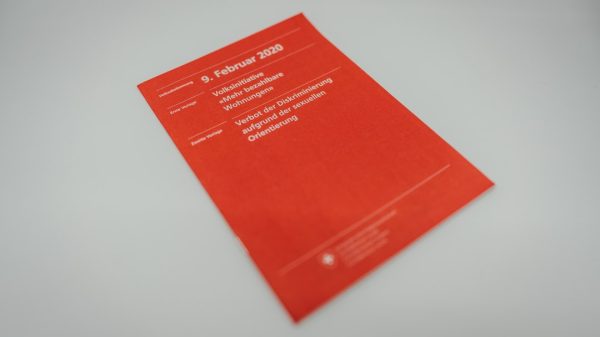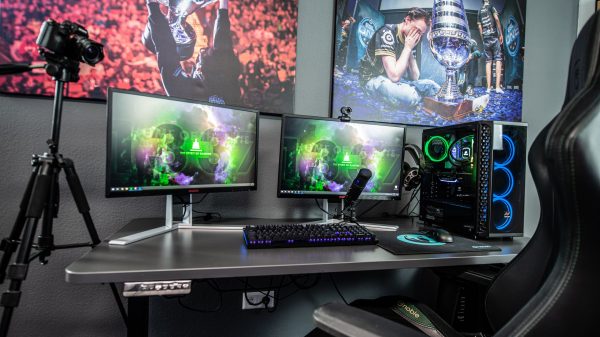The world of 3D printing has expanded exponentially over the last decade, with machines becoming faster, quieter, and more user-friendly. Bambu Lab, a relatively new yet rapidly ascending player in the scene, has introduced the P1S — a high-performance, enclosed 3D printer promising both speed and precision. The P1S is billed as an evolution of its popular P1P model, with enhancements tailored to deliver an exceptional out-of-the-box experience.
TL;DR
The Bambu Lab P1S is a top-tier, pre-assembled 3D printer that emphasizes speed, quiet operation, and reliable performance. It features an enclosed chamber for better material handling, enhanced sensors for consistent quality, and a user interface that’s easy for beginners to grasp. While not the cheapest option on the market, its combination of advanced features and plug-and-play functionality make it stand out in its price range.
Design and Build Quality
The Bambu Lab P1S immediately impresses with its sturdy, enclosed design. Unlike its sibling, the P1P, which offers a more open-frame appearance, the P1S provides a sleek and professional-looking enclosure that not only improves aesthetics but also maintains temperature consistency for better material compatibility. This is especially useful when printing with higher-temperature filaments like ABS or PETG.
The frame is made from durable, industrial-grade materials, and its build volume of 256 x 256 x 256 mm offers ample space for most consumer and professional applications. The attention to detail in the P1S’s build is evident — from the cable management to the shrouded fan system designed for quieter performance.

Speed and Performance
One of the standout features of the Bambu Lab P1S is its blazing speed. It can reach printing speeds of up to 500 mm/s, outperforming most competitors in its class. This is made possible by Bambu Lab’s cutting-edge motion system and firmware optimizations, which ensure that the machine maintains accuracy even at high speeds.
Despite the velocity, print quality does not seem compromised. Surface detail remains crisp, overhangs are managed expertly, and dimensional precision is consistently high. The printer also utilizes input shaping and pressure advance algorithms, giving it an edge in minimizing issues like ringing or ghosting on prints.
Noise Level and Environmental Impact
The P1S earns high marks in the noise department. Unlike many high-speed printers that often sound like mini jet engines, the P1S is surprisingly quiet. The fully enclosed chamber and optimized fans help dampen noise, making it suitable for home offices or shared workspaces.
Moreover, the printer is energy-efficient, consuming less power during idle and standard printing operations compared to many of its rivals. Its ability to print with minimal supervision also means reduced material waste due to failed prints — a win for both productivity and sustainability.
User Interface and Software
The Bambu Lab P1S ships with a touchscreen interface that is intuitive and well laid-out. Users can easily start prints, calibrate settings, and monitor progress right from the screen. The support for Bambu Studio — their proprietary slicing software — adds further convenience and functionality. It’s available for Windows, macOS, and even Linux, making it accessible to a broad user base.
Bambu Studio offers integrated features like real-time print monitoring, firmware upgrades, and filament management, which pairs well with Bambu’s Automatic Material System (AMS), though the AMS is sold separately. The wireless connectivity, including remote control from mobile apps, brings a modern touch to 3D printing that many enthusiasts will appreciate.

Filament Compatibility
Thanks to its enclosed design and high-temp capabilities, the P1S handles a wide array of filaments with ease. It supports:
- PLA and PLA+ (ideal for general-purpose prints)
- PETG (excellent for outdoor or mechanically strained parts)
- ABS and ASA (favored for temperature-resistant applications)
- TPU (for flexible parts)
With the optional AMS module, the P1S also supports multi-color and multi-material prints, allowing users to experiment with complex projects that previously required manual interventions or multiple printers. The system can manage up to four different filaments automatically, streamlining workflow.
Safety and Maintenance
The safety features in the Bambu Lab P1S are well thought out. The enclosed design reduces the chance of accidental burns or interference, while built-in sensors monitor everything from temperature fluctuations to filament feeding issues.
Maintenance is also a breeze. The print bed is removable and easy to clean, and the machine includes handy notifications for cleaning and component checks. There’s also support for filtering air using optional carbon filters, reducing the emission of volatile organic compounds during ABS or similar printing.
Limitations and Considerations
While the P1S is packed with features, it’s not without its shortcomings. Firstly, the absence of the AMS unit means color mixing and material changes require manual intervention unless the AMS is purchased separately. Also, beginners might find the range of features overwhelming at first, though the learning curve is gentle thanks to the software’s intuitive design.
Another minor drawback is the build volume. Though adequate for most tasks, it may be limited for those seeking to create very large parts in a single piece. Still, in its price bracket, the P1S offers an exceptional balance between features and usability.
Final Verdict
The Bambu Lab P1S expertly strikes the balance between functionality, performance, and convenience. Its high-speed capabilities and print quality rival machines that cost significantly more, and its quiet, enclosed design makes it perfect for home or office settings. With advanced yet accessible software, wide filament compatibility, and robust mechanical design, the P1S is a standout choice for hobbyists, prosumers, and professionals alike.
While supplementation with the AMS adds to the printer’s cost, it also dramatically increases versatility. If you’re looking for a reliable, fast, and capable 3D printer that’s just as comfortable on a desk as it is in a workshop, the Bambu Lab P1S should be on your shortlist.
Frequently Asked Questions (FAQ)
- Q: Does the Bambu Lab P1S come fully assembled?
A: Yes, the P1S comes mostly pre-assembled. You’ll be up and printing within minutes of unboxing. - Q: Can the P1S print with multiple colors?
A: Yes, but only with the optional AMS (Automatic Material System), which allows for multiple materials and color changes during a single print. - Q: How quiet is the Bambu Lab P1S during operation?
A: It is significantly quieter than many other high-speed printers thanks to its enclosed frame and optimized fan system. - Q: What materials can I print with?
A: The P1S supports PLA, PETG, ABS, TPU, and other common filaments. The enclosed chamber makes it especially suitable for temperature-sensitive materials. - Q: Is the slicing software easy to use?
A: Bambu Studio is beginner-friendly and packed with advanced features for experienced users. It’s compatible with all major desktop operating systems. - Q: How often does the P1S require maintenance?
A: Basic maintenance like cleaning the bed and checking for filament clogs should be done periodically. The printer has alerts built in to prompt maintenance routines.


































